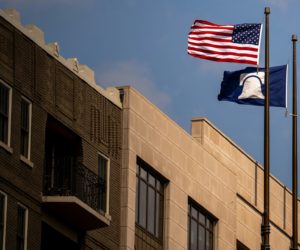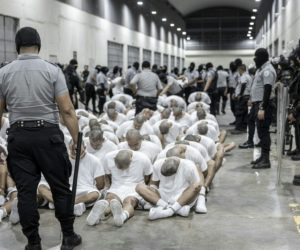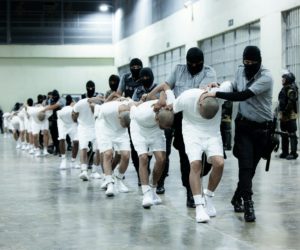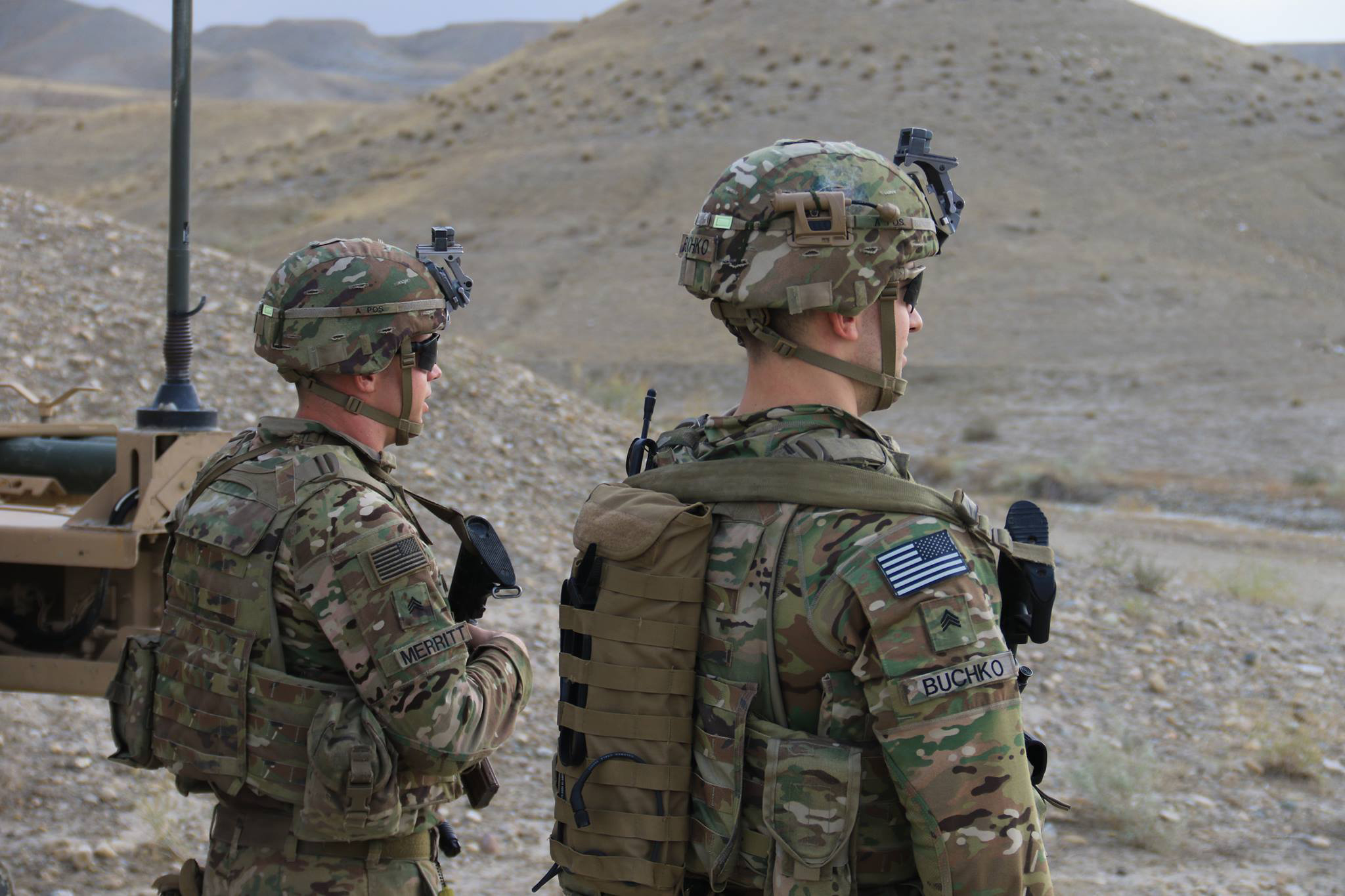
Raider Brigade soldiers providing security near their armored vehicle in Afghanistan, September 21, 2018. DoD photo
The memories of what many called “the longest war’ and others called a “righteous war,” of what many saw as an abrupt and premature withdrawal of our troops from Afghanistan while others saw it as a botched evacuation from that failed country, are all rapidly disappearing from the news cycle and retreating to the recesses of our minds – until the next elections or until the next righteous war, whichever comes first.
Yet, the grim reminders of Afghanistan are still all around us and for some – especially for the refugees and the people still trapped in that hell — it is a never-ending nightmare.
Take the most recent carnage inflicted by the Islamic State, the terrorist organization already responsible for a string of deadly attacks since the country was “liberated” by the Taliban. This one, a cowardly attack on Afghanistan’s biggest, 400-bed, military hospital claiming at least 25 lives and leaving more than 50 wounded.
This on top of “a spiraling economic crisis that has threatened millions with poverty as winter approaches and left thousands of former fighters with no employment…[bringing] Afghanistan’s fragile economy to the brink of collapse…”
A particularly horrific example of what a failed economy is forcing Afghans to do in order to survive is the story of a 9-year-old girl who was sold to a 55-year-old man as a child bride. This, after her father sold her 12-year-old sister several months ago.
“Parwana [the 9-year-old girl] is one of many young Afghan girls sold into marriage as the country’s humanitarian crisis deepens, [as] hunger has pushed some families to make heartbreaking decisions, especially as the brutal winter approaches,” reports CNN.
While hundreds of thousands have already left Afghanistan, the sheer misery is driving additional thousands of people to flee or try to escape the country.
Of the 67,000 Afghan allies who were airlifted to the United States during the last chaotic weeks of that war, approximately 53,200 are still at Ft. Lee, VA. and at seven other U.S. military installations. Approximately 10,000 have been resettled with the help of nonprofit agencies in communities across the country.
Another 3,000 evacuees have left the military camps on their own after they were granted humanitarian parole and vetted.
Even for of the Afghans safely evacuated to the U.S., many are still in limbo and there is still the constant pain of leaving loved ones behind and the “choking fear of what the Taliban might do to them.”
While the Biden administration continues to slowly evacuate American citizens and other “priority stakeholders,” tens of thousands of at-risk Afghans were left behind after the last evacuation flight on August 31. Now, over one hundred non-governmental organizations are imploring the administration to prioritize the evacuation of at-risk Afghans.
Other groups are not waiting for the government to act and are filling the breach by extending a lifesaving hand to these vulnerable Afghans.
Private organizations, groups and coalitions with names such as Save Our Allies, No One Left Behind, Task Force Argo, Task Force Sunflower, Afghan Allies, Afghan Evac, Operation North Star, Operation Sacred Promise, Operation Pineapple, Female& Free Speech Airlift, Human First Coalition, have helped to “safehouse,” evacuate and resettle tens of thousands of Afghan allies and are continuing their humanitarian, always costly and often dangerous work.
The names are often indicative of their goals and mission, their number reflective of American humaneness and generosity.
Less indicative of its purpose is the Pentagon’s recent, quiet removal of “a massive collection of Afghanistan War footage totaling more than 120,000 photos and 17,000 videos from its official visual record.”
The images and videos, covering the two decades of the “longest war” were previously available to the public at the Defense Visual Information Distribution Service, or DVIDS.
This writer has often used images from that site in military articles.
According to Pentagon Press Secretary John Kirby, the images and videos were “temporarily” archived “out of an abundance of caution” in order not to put Afghan individuals and family members in danger.
A reasonable explanation. However, “a wide range of photos that do not show Afghan soldiers or civilians have also gone missing…[including] many other photos, from portraits of U.S. service members to patrols and troops in combat…”
Task and Purpose points to the photo below, of two Marines resting next to their dog during combat operations in Helmand Province, Afghanistan, in January 2012, and notes: “The removal of [these photos and videos] means that not only does the public now have a less complete visual record of the United States’ longest war, the stories those photos and videos told are also hidden from view, as are the American service members at the center of many of them.”
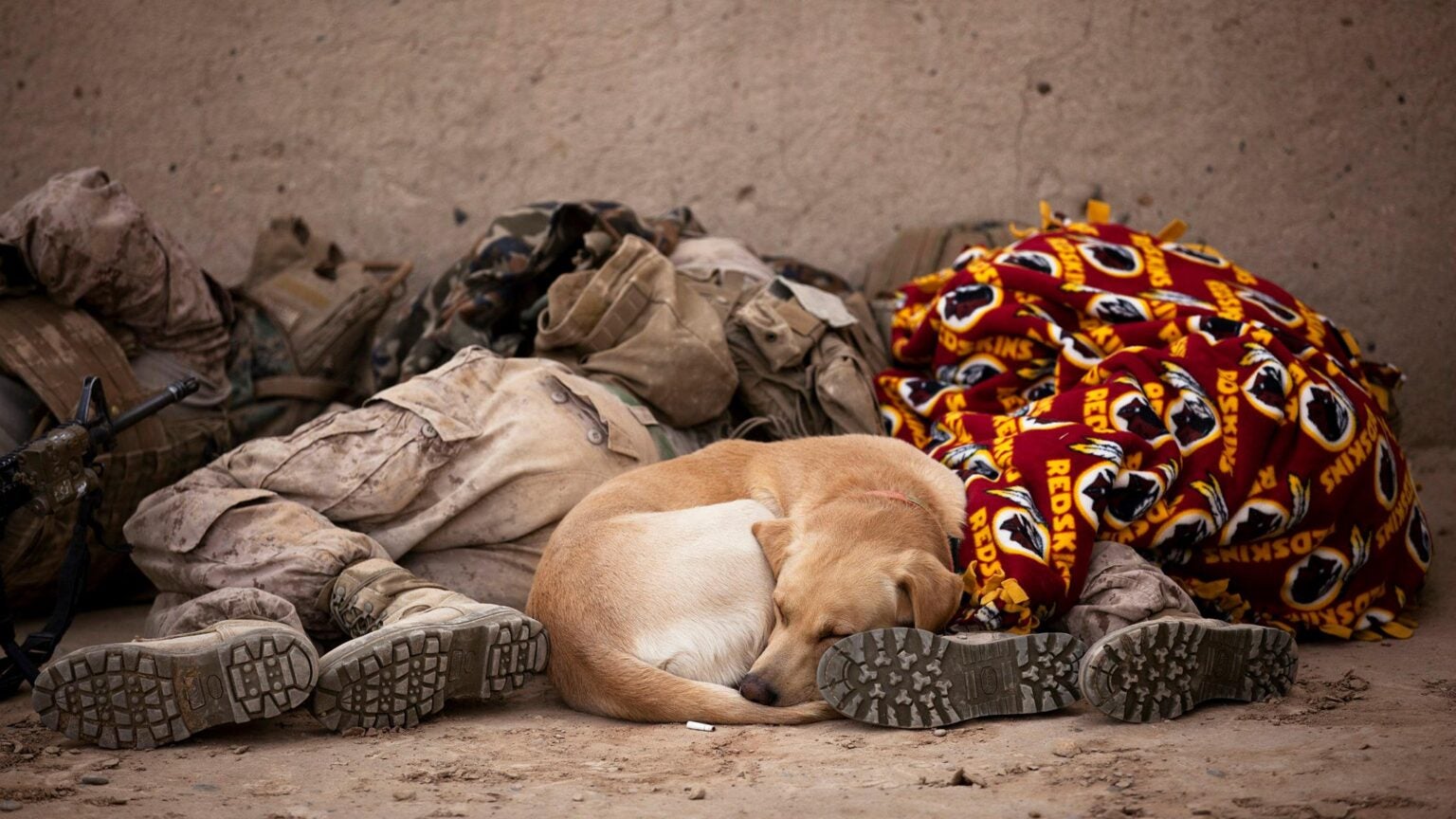
Clay Beyersdorfer, a former Army public affairs specialist, tells Task and Purpose:
It seems to be incredibly hypocritical.
With America’s longest war now over, a visual record of that era — the sacrifices made, hardships endured, and even the mistakes — takes on a greater meaning and importance.
Now we have nothing to show for it, both physically and in memory.
Time may pass, memories may fade, images may disappear, but America will never forget the 2456 military deaths and 20,763 wounded during America’s Longest War.






